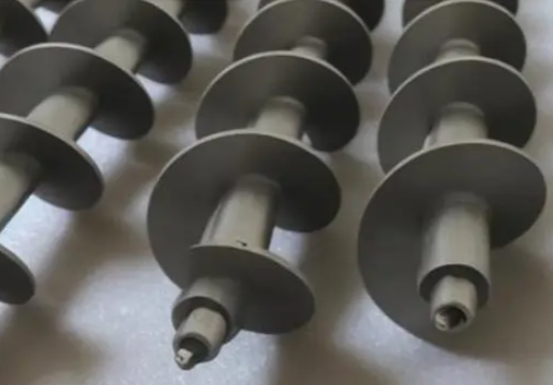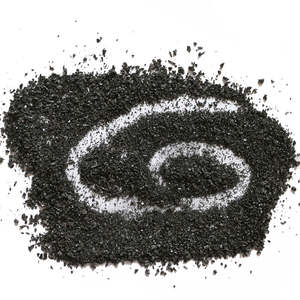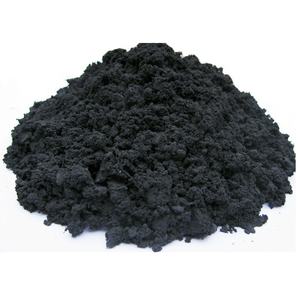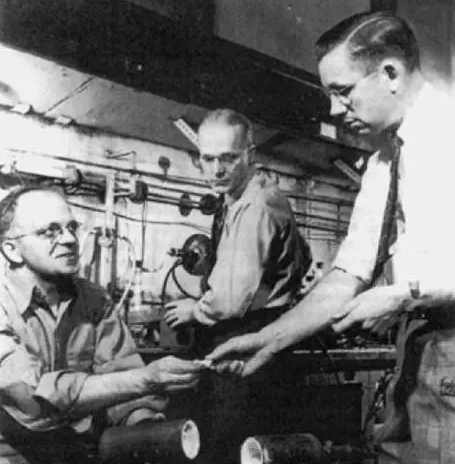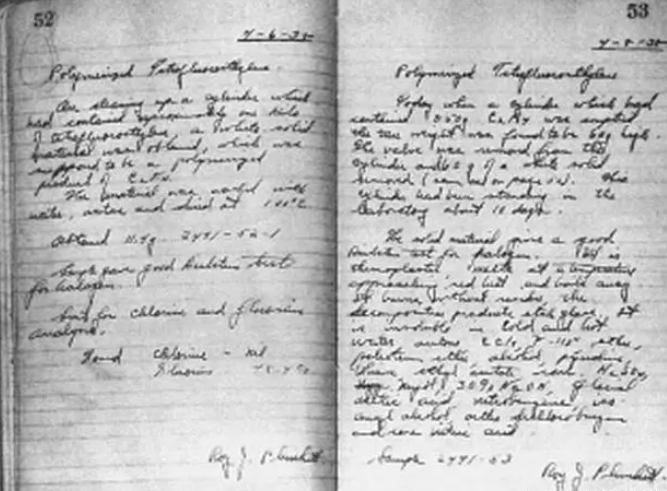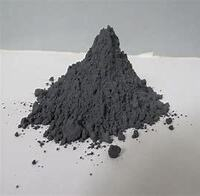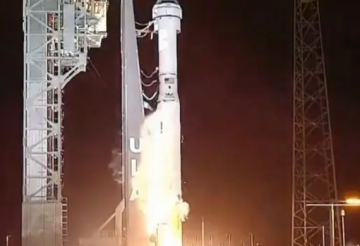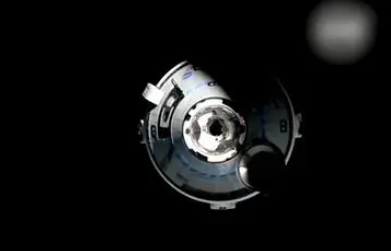Typically utilized additives in plastic shade matching consist of dispersants, lubricants, diffusion oils, combining agents, compatibilizers, etc. Typically experienced resin…
Typically utilized additives in plastic shade matching consist of dispersants, lubricants, diffusion oils, combining agents, compatibilizers, etc. Typically experienced resin ingredients include flame resistants, strengthening representatives, brighteners, UV inhibitors, anti-oxidants, anti-bacterial agents, antistatic agents, etc. One of the most usual ones are fillers for expense decrease or physical modification, such as light calcium carbonate, hefty calcium carbonate, talc, mica, kaolin, silica, titanium dioxide, red mud, fly ash, diatomaceous planet, wollastonite, glass grains, barium sulfate, calcium sulfate, and so on, along with organic fillers, such as wood flour, corn starch, and other farming and forestry byproducts. Loading and reinforcing materials consist of glass fiber, carbon fiber, asbestos fiber, artificial natural fiber, and so on
Intend the above additives are included in the item’s basic materials. In that instance, they need to be included in the resin basic materials in the same percentage in the color-matching proofing so as not to produce a color difference in the subsequent production.
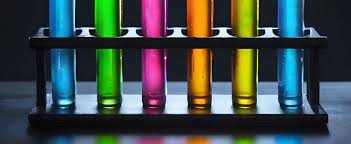
(Additives for Plastic Color Matching)
Dispersant
Dispersant kinds consist of fat polyurea, hydroxy stearate, polyurethane, oligomeric soap, etc
Presently, the typically made use of dispersant in the market is lubricating substance. Lubricating substances have good dispersibility and can likewise boost the fluidity and demolding efficiency of plastics during molding.
Lubes are divided into inner lubes and exterior lubes. Internal lubricants have a particular compatibility with resins, which can lower the cohesion between resin molecular chains, decrease thaw thickness, and enhance fluidity. Exterior lubricants have inadequate compatibility with materials. They comply with the surface area of liquified materials to develop a lubricating molecular layer, thereby reducing the friction in between resins and handling equipment.
Lubricants
According to the chemical structure, they are mainly split right into hydrocarbons, metal soaps, lubricants that play a demolding duty, fatty acids, fatty acid amides, and esters.
Such as plastic bis ceramide (EBS)
EBS (Ethylene Bis Stearamide), additionally known as plastic bis stearamide, is a highly effective inner and outside lubricant and dispersant commonly made use of in the plastic processing market. It appropriates for all thermoplastic and thermosetting plastics, consisting of however not limited to polyethylene (PE), polypropylene (PP), polystyrene (PS), polycarbonate (PC), polyamide (PA), polyester (PET/PBT), polyurethane (PU), phenolic resin, epoxy material, etc. Right here are several of the major roles of EBS in these plastics:

(EBS Ethylene Bis Stearamide Emulsion)
Diffusion
As a dispersant, EBS can aid uniformly distribute fillers and pigments during plastic processing, avoid pile, and boost the dispersion and stability of pigments and fillers. This aids improve the color uniformity and mechanical residential properties of the end product. For example, in masterbatch manufacturing, EBS can make sure that pigment bits are equally distributed in the carrier resin so that consistent shade is displayed in succeeding plastic items.
Internal lubrication
In the plastic thaw, EBS can reduce the friction in between particles and the shear stress and anxiety of the plastic melt, thus minimizing the melt thickness and making the thaw circulation smoother. This helps in reducing stress during extrusion or injection molding, reduces handling temperatures, and shortens molding cycles, while additionally minimizing energy consumption, boosting handling efficiency, and boosting the life span of equipment.
Outside lubrication
EBS creates a slim lubricating movie on the plastic surface area, which can reduce the rubbing between the plastic melt and the metal mold and mildew, boost demolding performance, and protect against sticking of plastic products during molding. This not only aids to enhance the surface finish of the product and lower problems however additionally streamlines the post-processing process and enhances manufacturing performance.
Other features
In addition to the above major functions, EBS can likewise be used as an antistatic representative to boost the antistatic buildings of plastic products and lower issues such as dust adsorption triggered by static power. In some applications, EBS can also enhance the weather condition resistance and chemical resistance of plastic products.
In the shot molding process, when completely dry coloring is utilized, surface therapy agents such as white mineral oil and diffusion oil are normally included during mixing to play the function of adsorption, lubrication, diffusion, and demolding. When adjusting the shade, it needs to likewise be included in the raw products symmetrical. Initially, add the surface therapy agent and drink well, after that add the color powder and tremble well.
When selecting, the temperature resistance of the dispersant need to be determined according to the molding temperature level of the plastic raw material. From an expense point of view, in concept, if a medium and low-temperature dispersant can be used, a high-temperature immune one should not be chosen. High-temperature dispersants need to be resistant to more than 250 ° C.
Distributor of EBS Ethylene Bis Stearamide Emulsion
TRUNNANO is a supplier of 3D Printing Materials with over 12 years experience in nano-building energy conservation and nanotechnology development. It accepts payment via Credit Card, T/T, West Union and Paypal. Trunnano will ship the goods to customers overseas through FedEx, DHL, by air, or by sea. If you want to know more about EBS Emulsion, please feel free to contact us and send an inquiry.
Inquiry us


